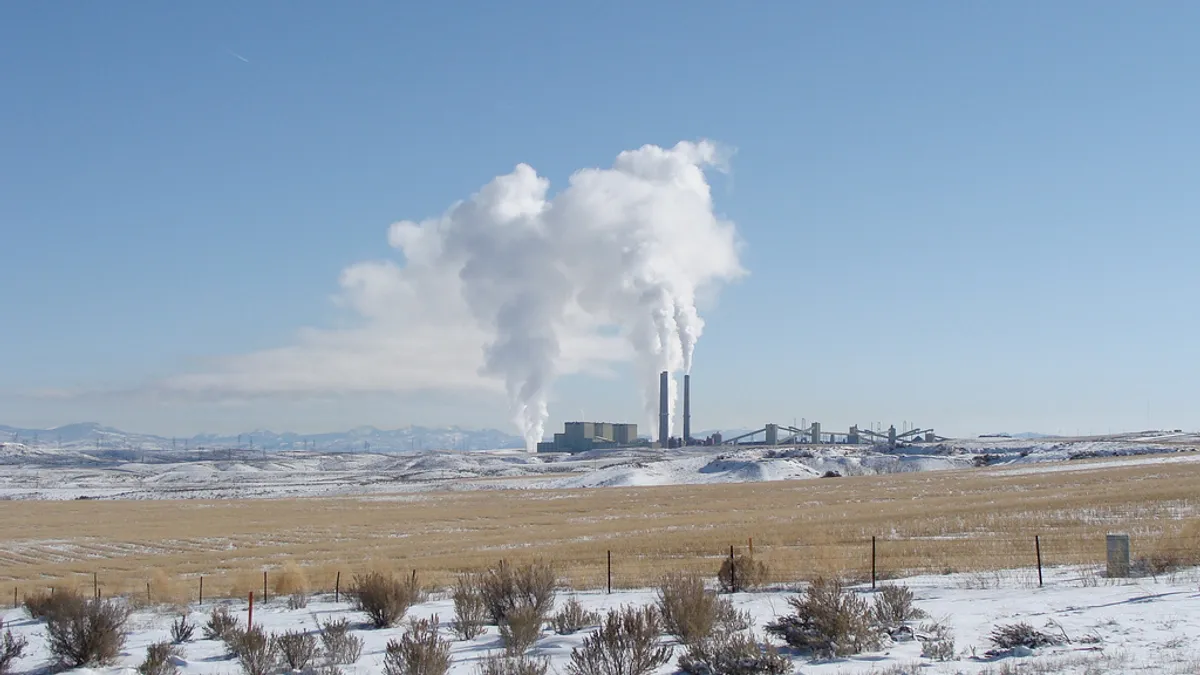Dive Brief:
- A new model of Colorado's energy mix shows consumers could save $250 million annually over a 10-year span if the state were to replace its coal plants with a mix of wind and solar, backed up by energy storage and natural gas.
- The report, commissioned by clean energy developer Community Energy and completed by Vibrant Clean Energy, also estimates the new resources would cut Colorado's state-wide annual carbon emissions from power generation by almost two-thirds.
- The analysis adds to a growing body of data showing Colorado consumers would save money by making a rapid shift away from coal, and echoes recent findings in other states.
Dive Insight:
Colorado has strong wind and solar potential, and more studies, including an analysis released last month from Pacificorp, are finding coal plants are less economic than alternative fuel options. The Vibrant report comes a month after Xcel Energy, the state's largest power provider, announced it would eliminate carbon emissions entirely by 2050.
The analysis concludes its proposed mix of cleaner resources would save Colorado electric customers roughly $2.5 billion in net present value through 2040.
If the state takes the lead on decarbonization in the power sector, it would lower customer bills by an average of 5%, Eric Blank, founder and strategic lead at Community Energy, said in a statement. And the report found an opportunity for coal plant owners to recover some sunk costs — up to $1.5 billion in undepreciated asset value if they facilitate a voluntary phased retirement of their facilities.
"The key to unlocking these benefits is to create a legal framework that enables utilities to voluntarily retire the coal plants," Blank said. "Otherwise, it could take years to negotiate or litigate utility cost recovery, replacement power costs and impact on local communities."
The economics trend extends beyond Colorado's heavy renewable energy potential. In October, Northern Indiana Public Service Co. presented an analysis for its 2018 Integrated Resource Plan showing customers could save more than $4 billion over 30 years by moving from 65% coal to 15% coal in 2023 — and eliminating the resource by 2028.
In December, PacifiCorp revealed that 13 of its 22 coal units are more expensive than other fuels, including clean energy options. The utility, which operates coal plants in Colorado, has said more analysis is needed before it can make a decision on how to approach its coal fleet.















